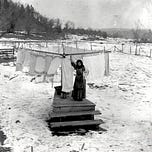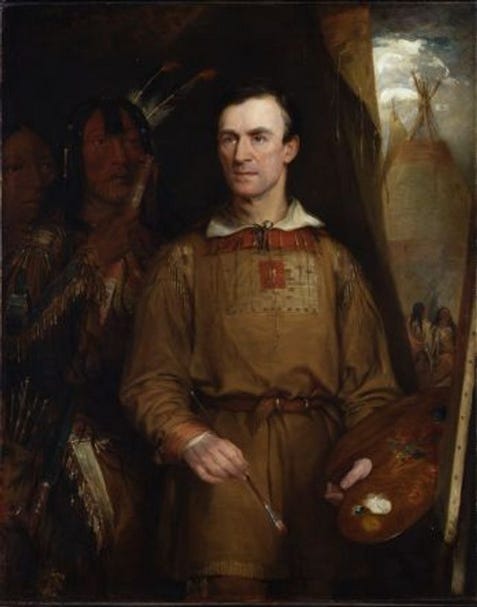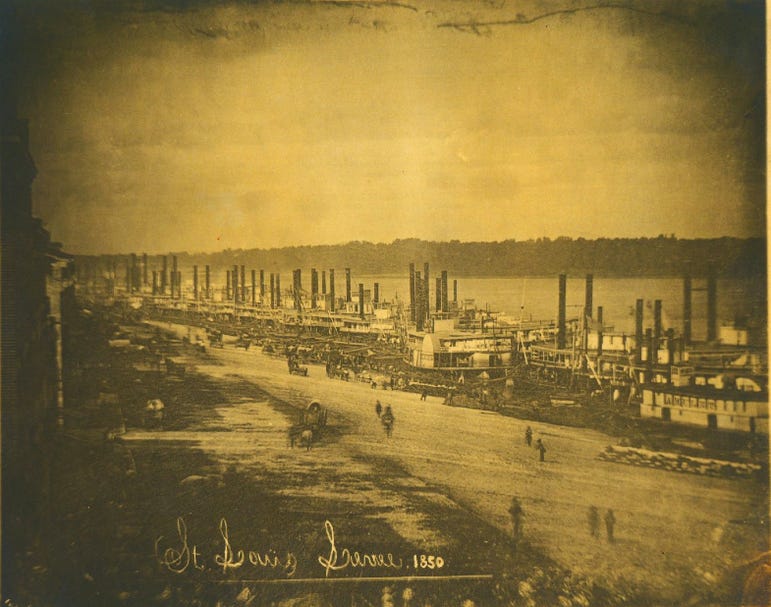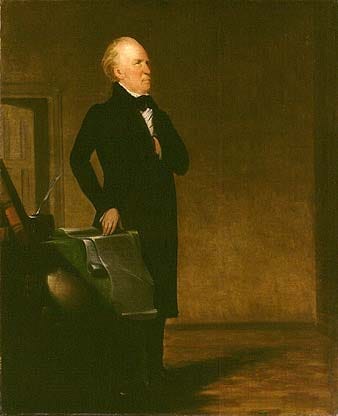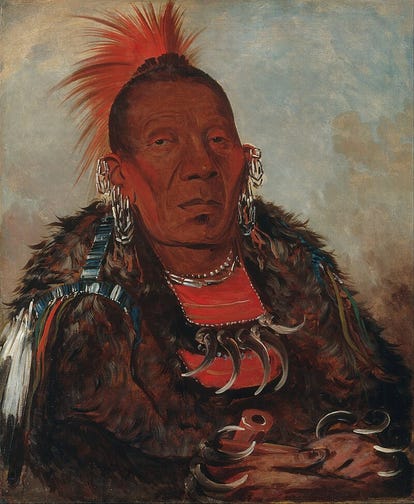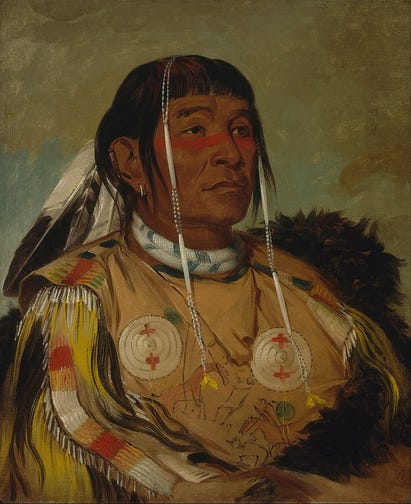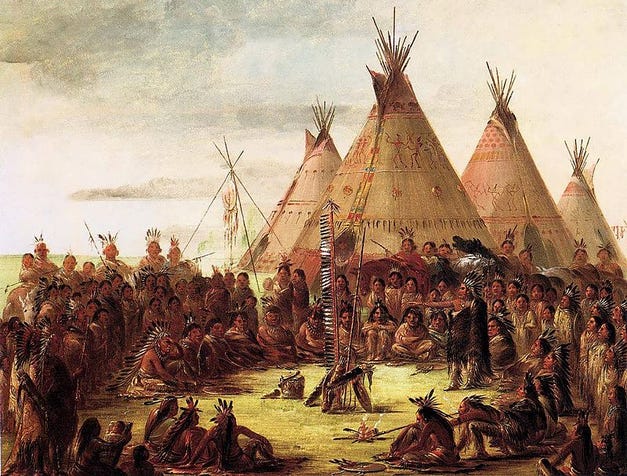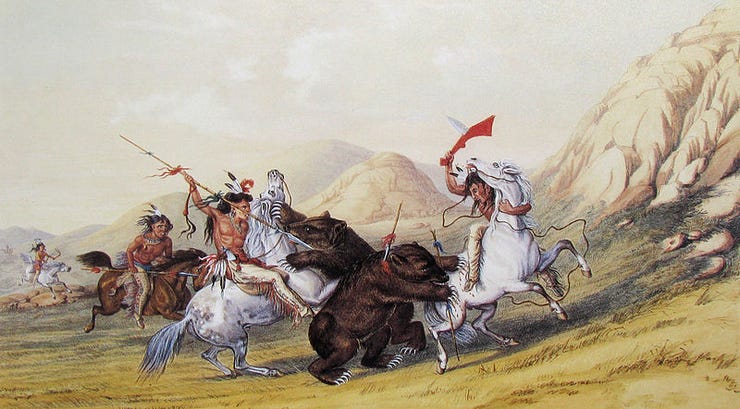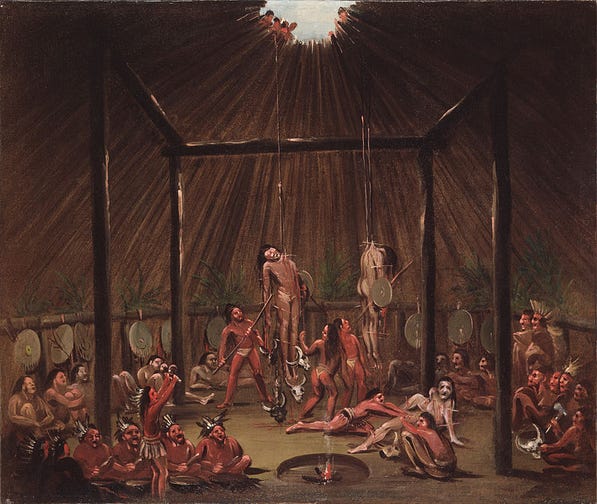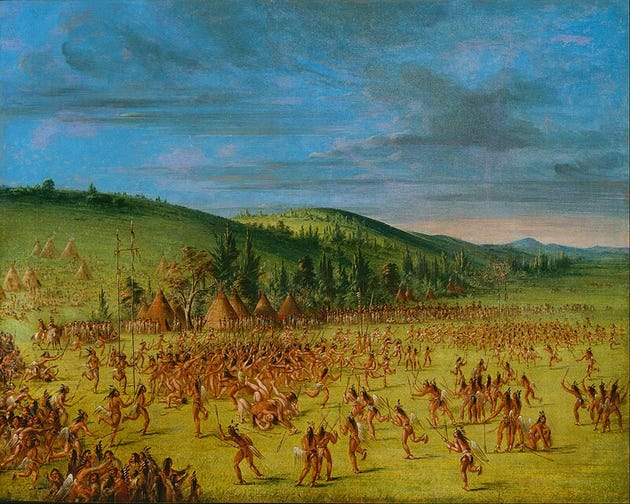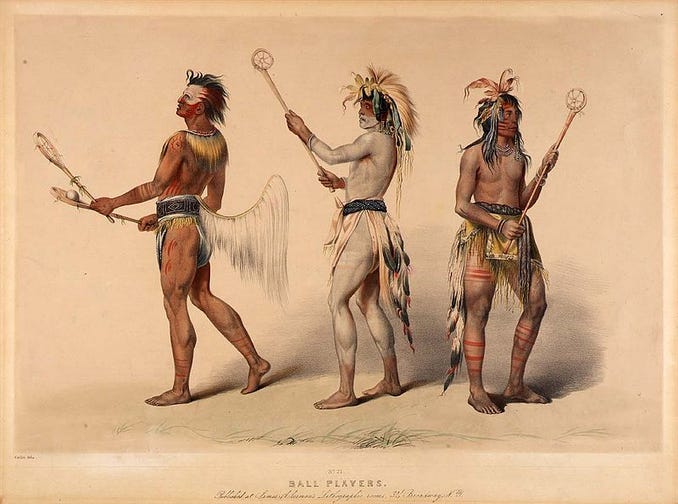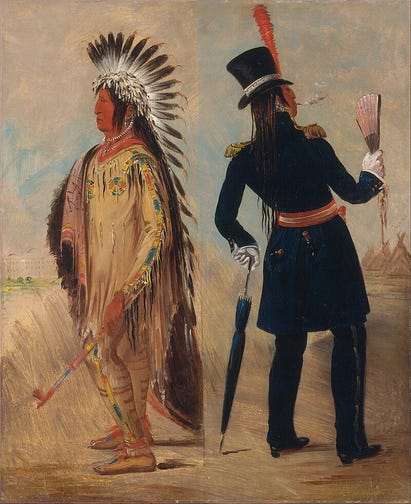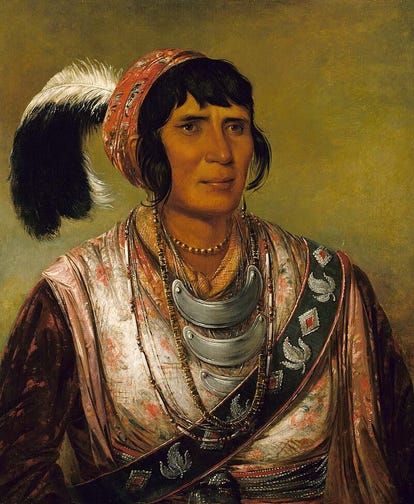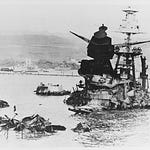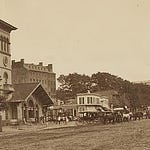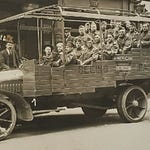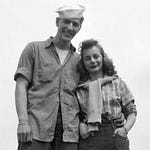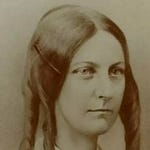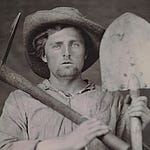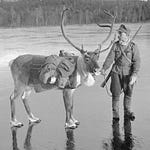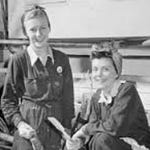Finding your people.
It’s one thing to graduate from law school.
It’s quite another to practice law.
Just ask George Catlin.
For a couple of years, George tried to make his dad happy by following in his legal footsteps.
But he found himself sketching judges and juries rather than listening to courtroom proceedings.
So, he quit, left Wilkes-Barre and moved to Philadelphia in 1823 to study art.
And there, a chance encounter changed everything.
After a few years as a portrait painter, George encountered a delegation of Native Americans who were touring the city.
And the stories his mother had told of her time as a tribal captive, and the tall tales of woodsmen and traders who had passed through Wilkes-Barre, came flooding back.
Here, at last, was a focus for his work.
“If my life be spared, nothing shall stop me from visiting every nation of Indians on the Continent of North America.” — Catlin
George went to St. Louis — then on the edge of the western frontier.
There he met Louisiana Purchase explorer William Clark, who served as the superintendent of Indian Affairs for the western tribes.
George persuaded Clark to take him along on a four-hundred-mile trip north on the Mississippi River into Native territory where a meeting of tribal leaders was to occur.
The tribal leaders welcomed George at the meeting, and he painted their portraits.
It was the start of a six-year odyssey on the American frontier in which George would travel thousands of miles and visit fifty Native American tribes.
Along the way, he painted hundreds of portraits, village scenes and landscapes, and collected cultural artifacts.
George assembled this massive collection into a traveling “Indian Gallery” which he took on a lecture tour to cities on the East Coast cities and to the capitals of Europe.
No one had ever seen anything like it before.
After twists and turns over many years, George’s Indian Gallery of more than five hundred artworks and a train carload of artifacts found a permanent home in the Smithsonian.
But George didn’t live to see this happy ending.
During his lifetime, art critics were dismissive of George’s works, calling him an ‘unschooled’ artist whose works were ‘primitive’ and “B-level.”
But others appreciated their sincerity.
And anthropologists say George was the first artist to depict the various Native tribes as separate and distinct cultures, whose people walked the Earth with dignity.
George busted old stereotypes.
And that’s a tough thing to do.
But it’s necessary if you want a just society.
*******************************
I’ll see you tomorrow.
— Brenda


